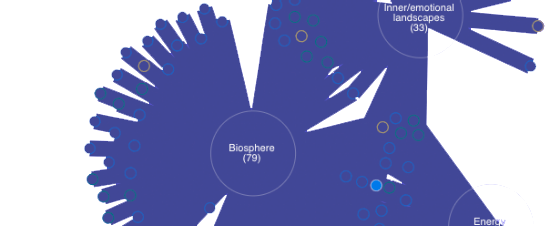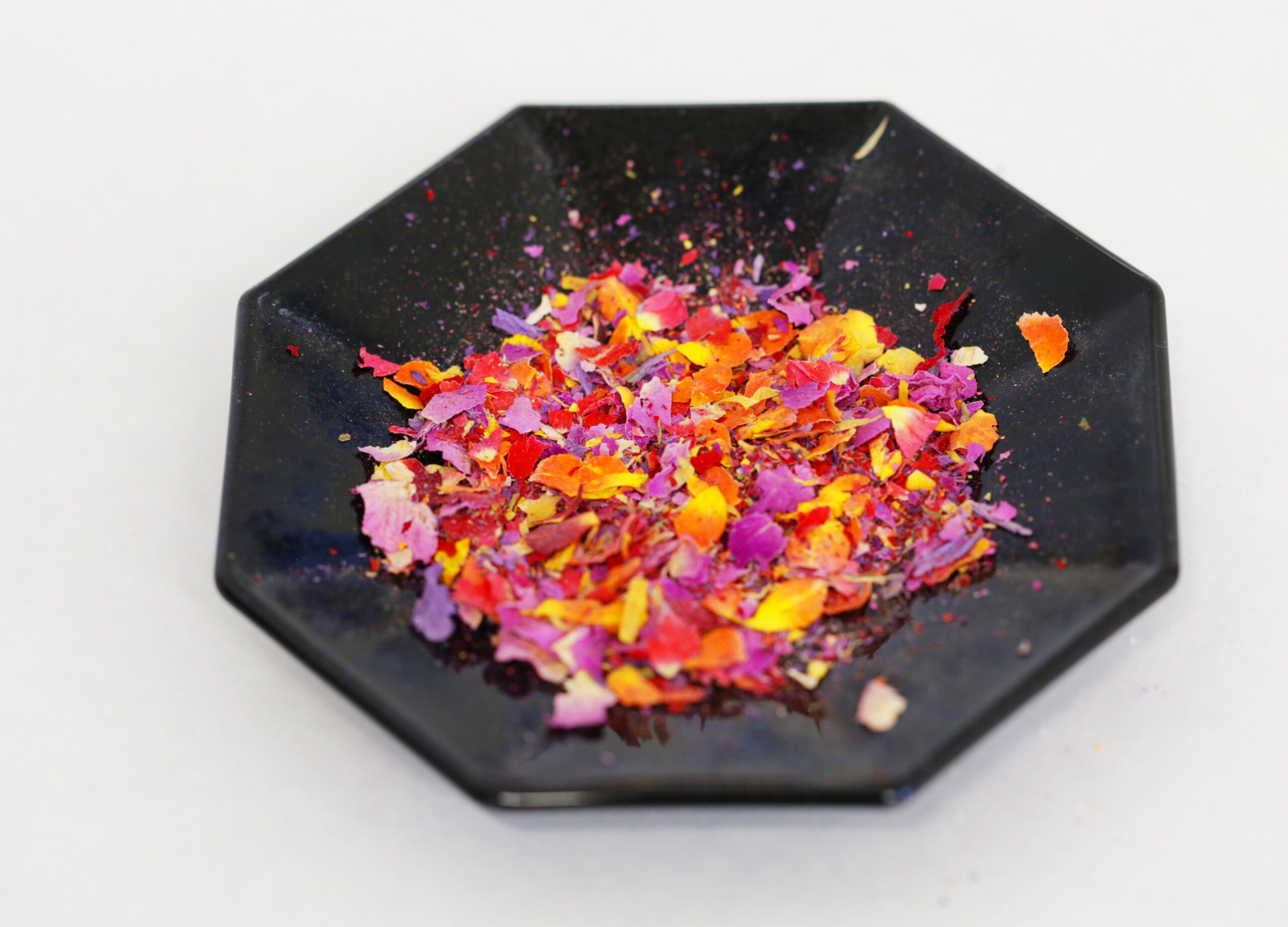
Golnaz Walamotamd, a student of Art Education at the University of Applied Arts Vienna, presents «GOLHAYE KHORAKI,» a project that delves into the symbiotic relationship between artistic expression, collaborative learning, sustainable urban agriculture, and inclusive culinary exploration. This endeavor introduces edible flowers in diverse models on the Flux-Terrace at the University of Applied Arts Vienna. The central research question revolves around establishing a meaningful connection between dieAngewandte/FLUX-Terrasse and the surrounding landscape through innovative collaborative learning tools. Beyond their aesthetic and ecological benefits, the study underscores that the edible flowers are not merely decorative; they are designed to be enjoyed by everyone and incorporated into various cuisines, adding a flavorful dimension to the overall experience.
1. Create a Dynamic Learning Space: Develop the Flux Terrace into a dynamic and interactive learning space that transcends conventional educational settings, fostering creativity, collaboration, and exploration.
2. Promote Sustainable Practices: Demonstrate the potential of sustainable practices within an urban environment, showcasing the use of edible flowers as both aesthetically pleasing and ecologically responsible components.
3. Culinary Integration: Explore and develop skills in the culinary arts by integrating edible flowers into various cuisines, encouraging all to experiment with flavors and textures while promoting inclusive culinary exploration.
4. Inspire Replication: Provide a replicable model for integrating nature into educational spaces, inspiring other institutions to adopt similar projects that promote sustainable practices, collaboration, and artistic expression.
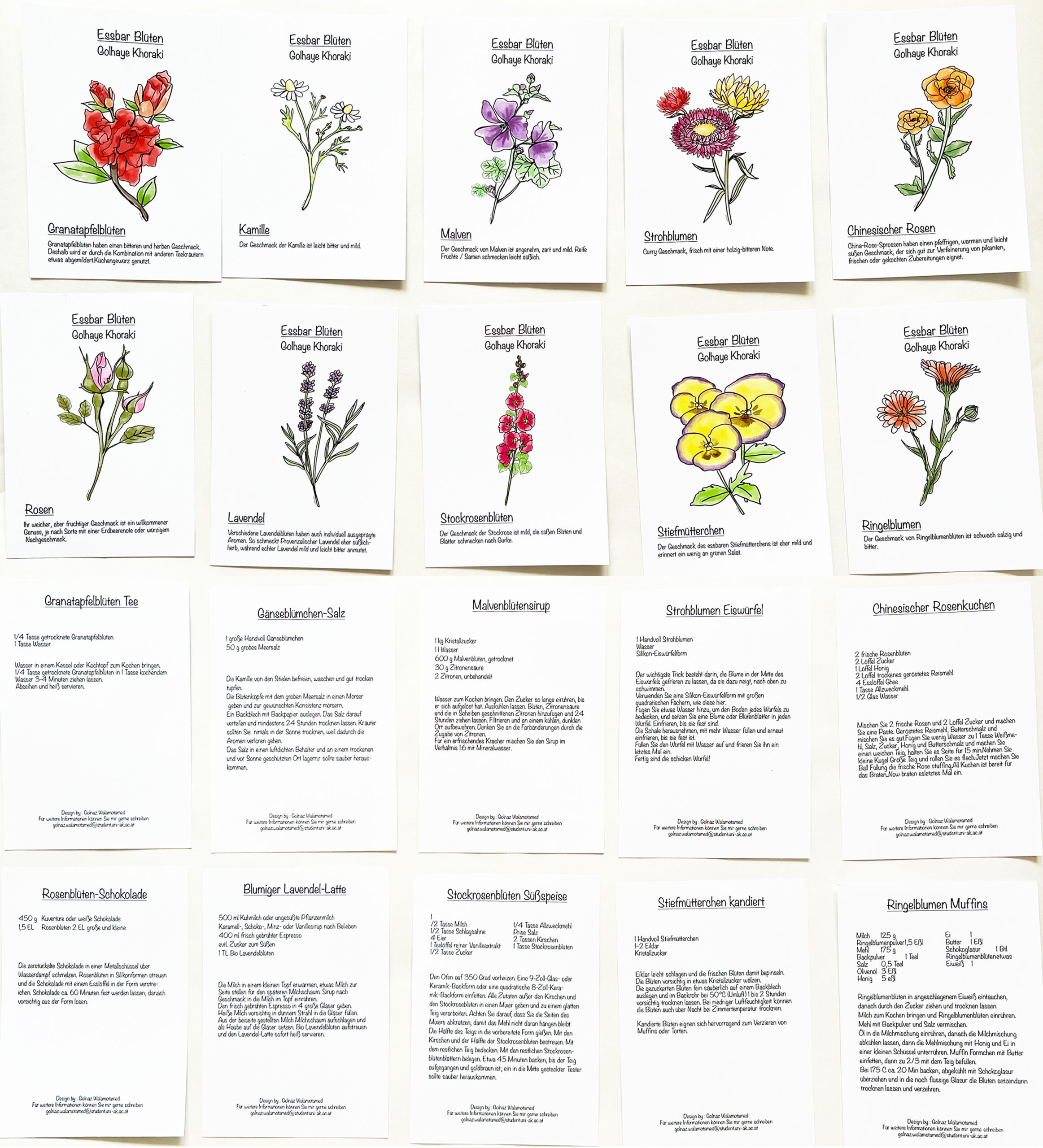
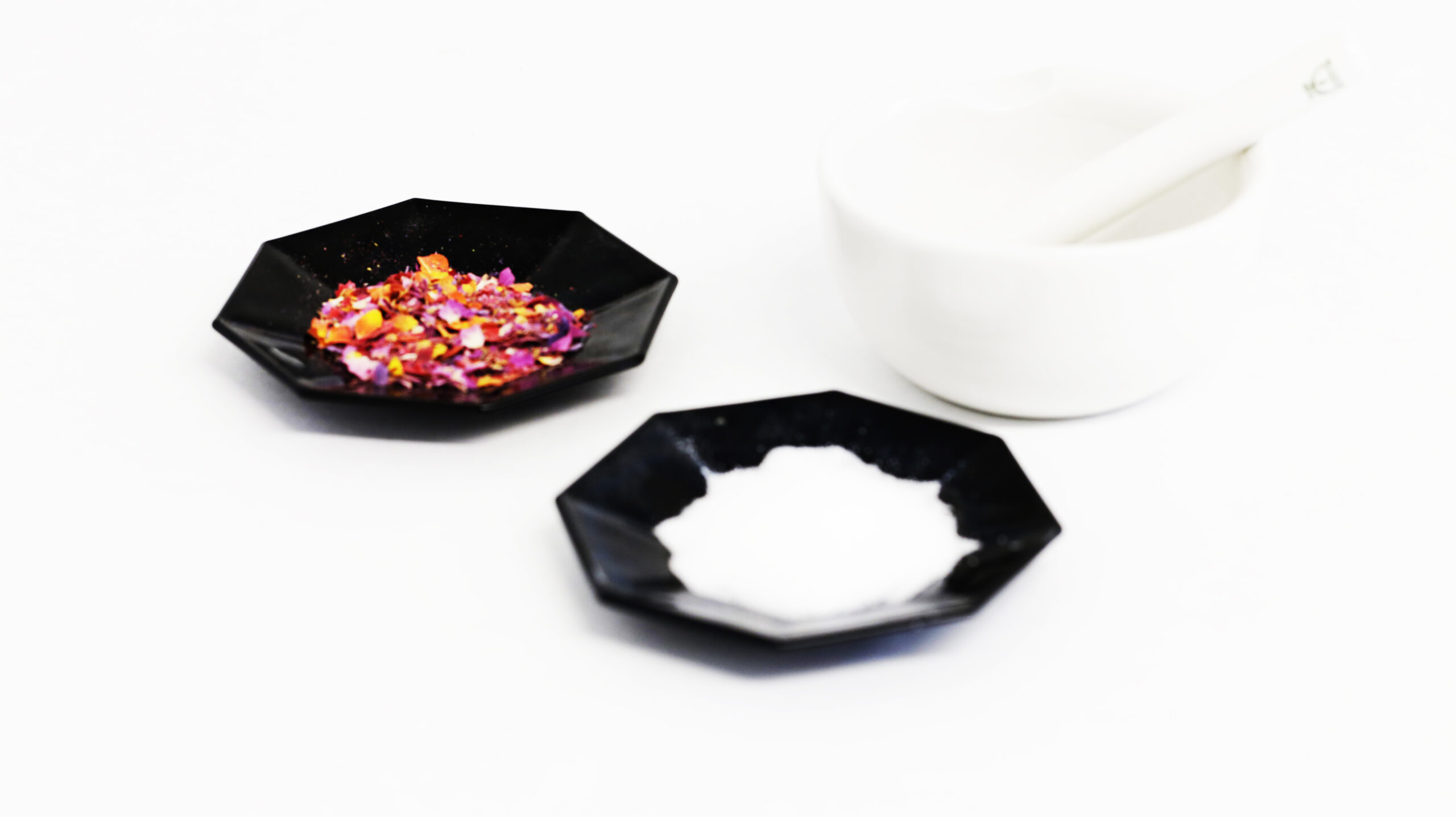

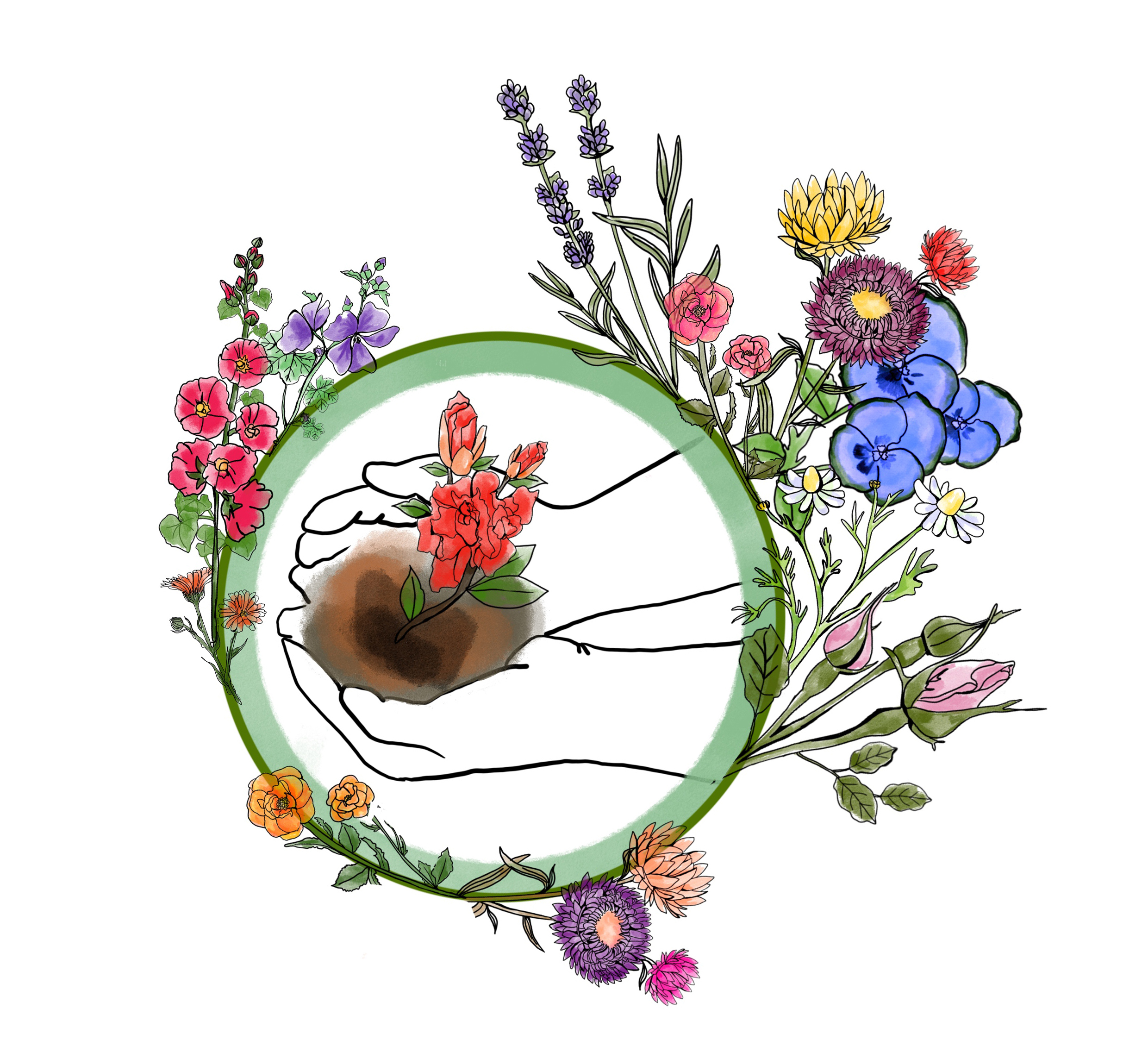
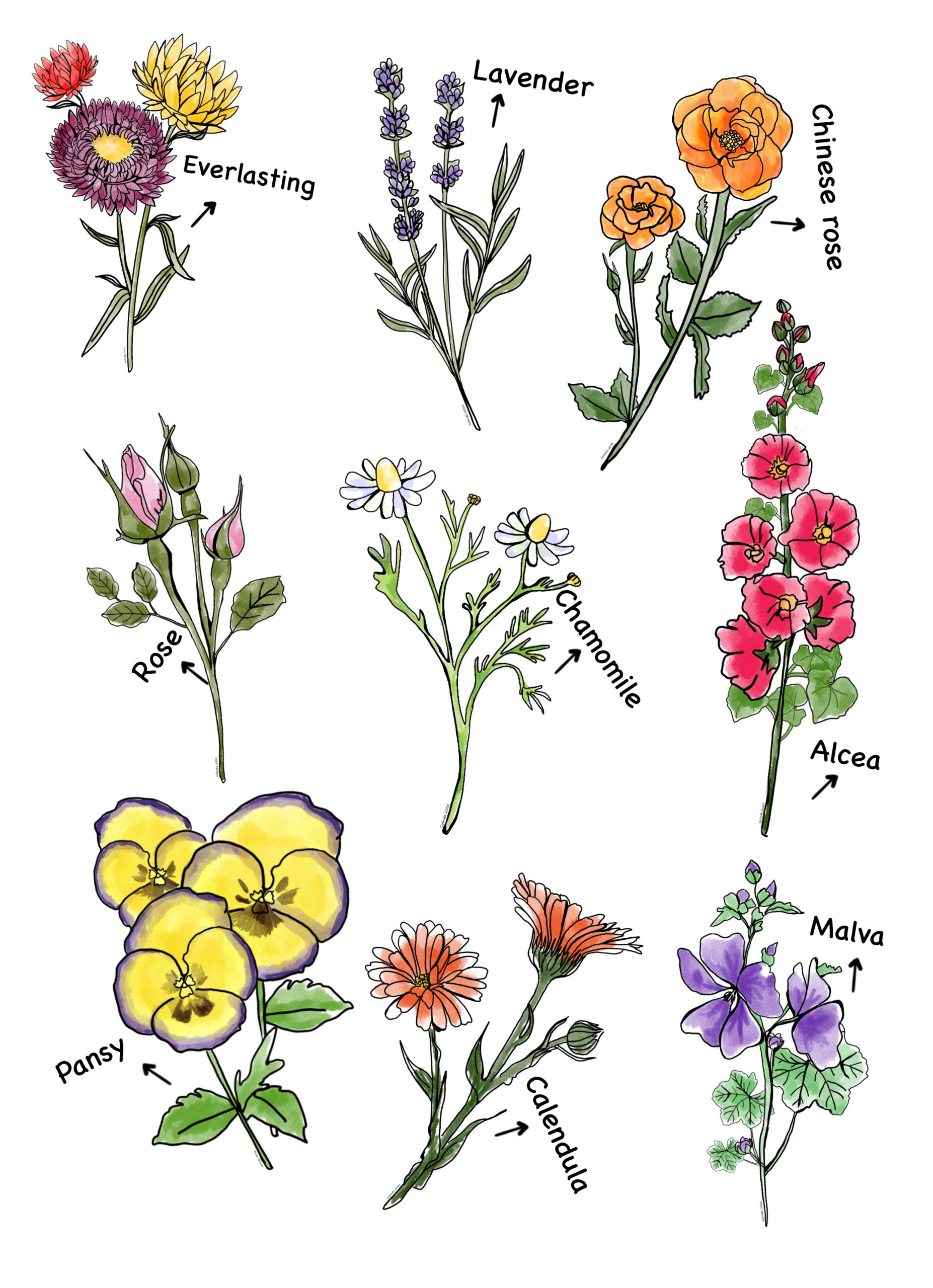
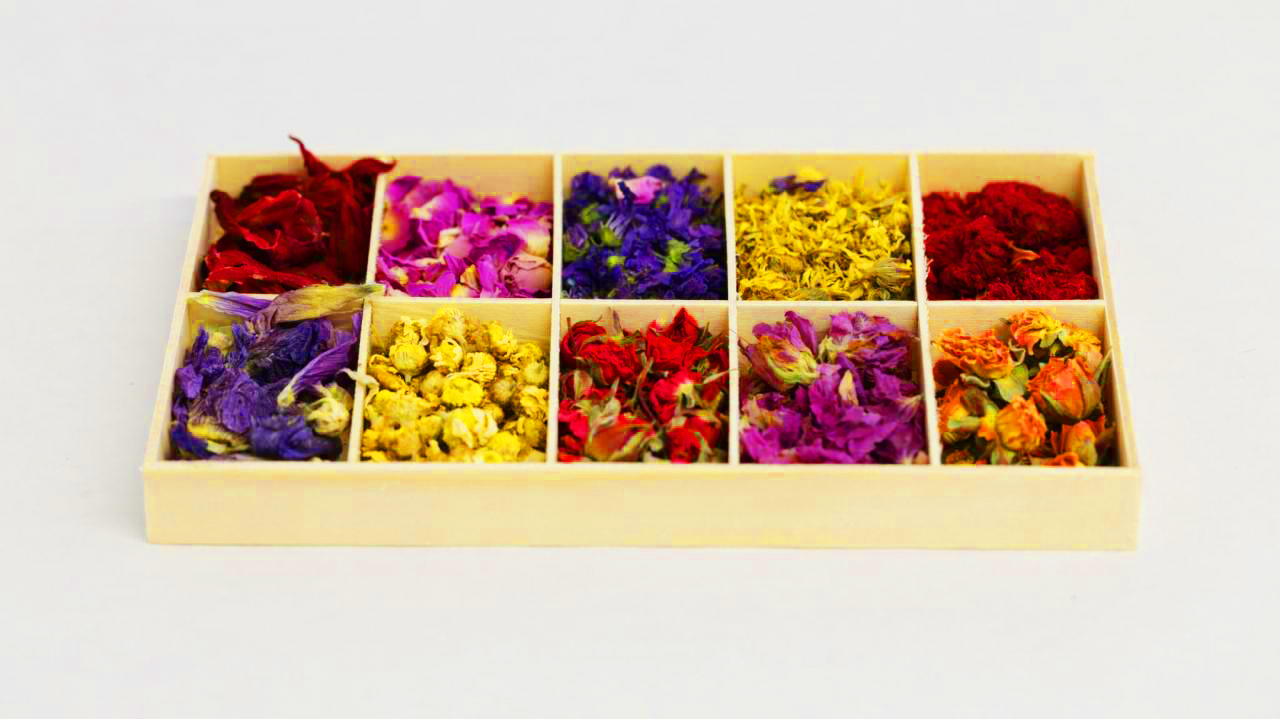
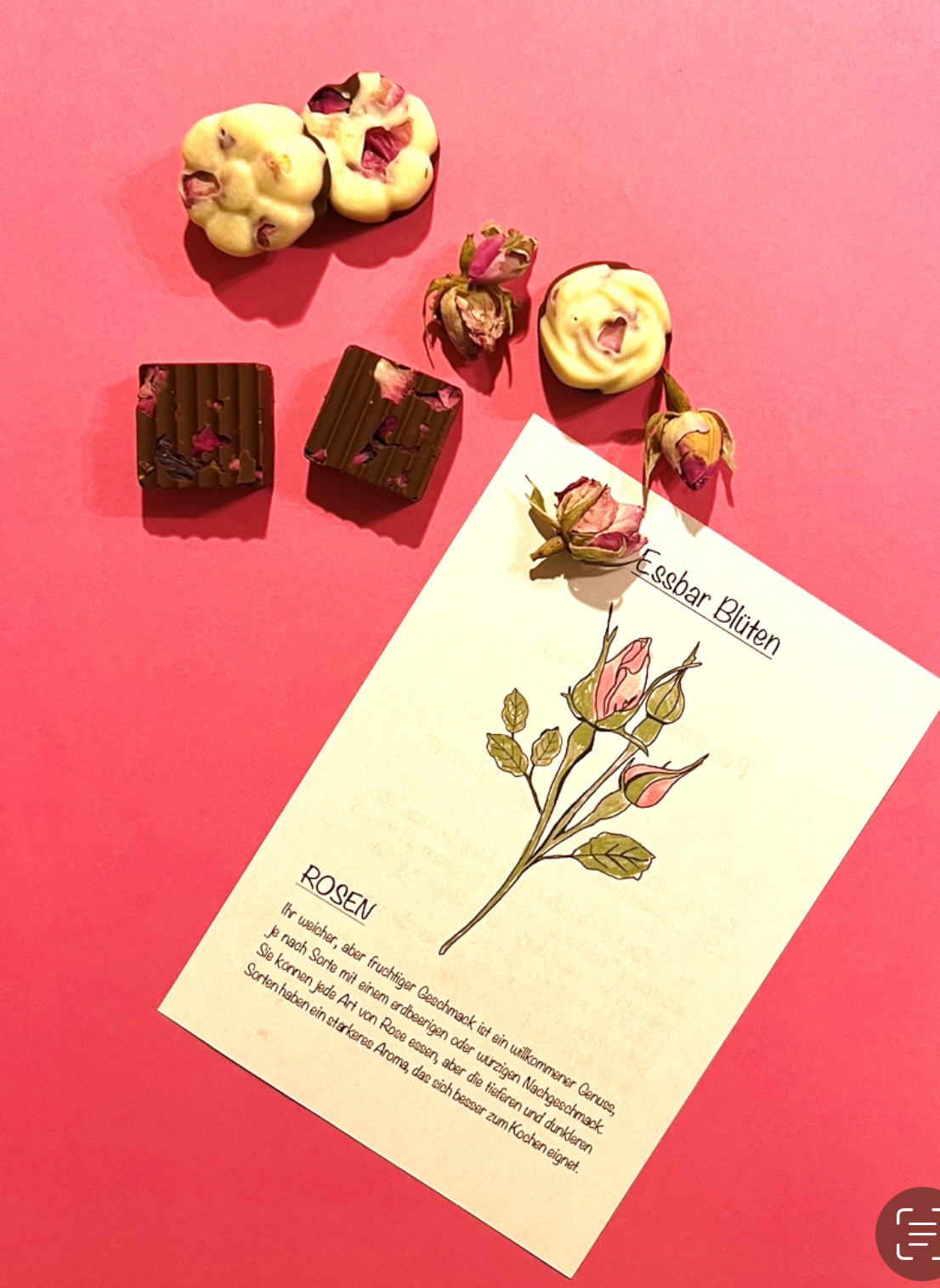
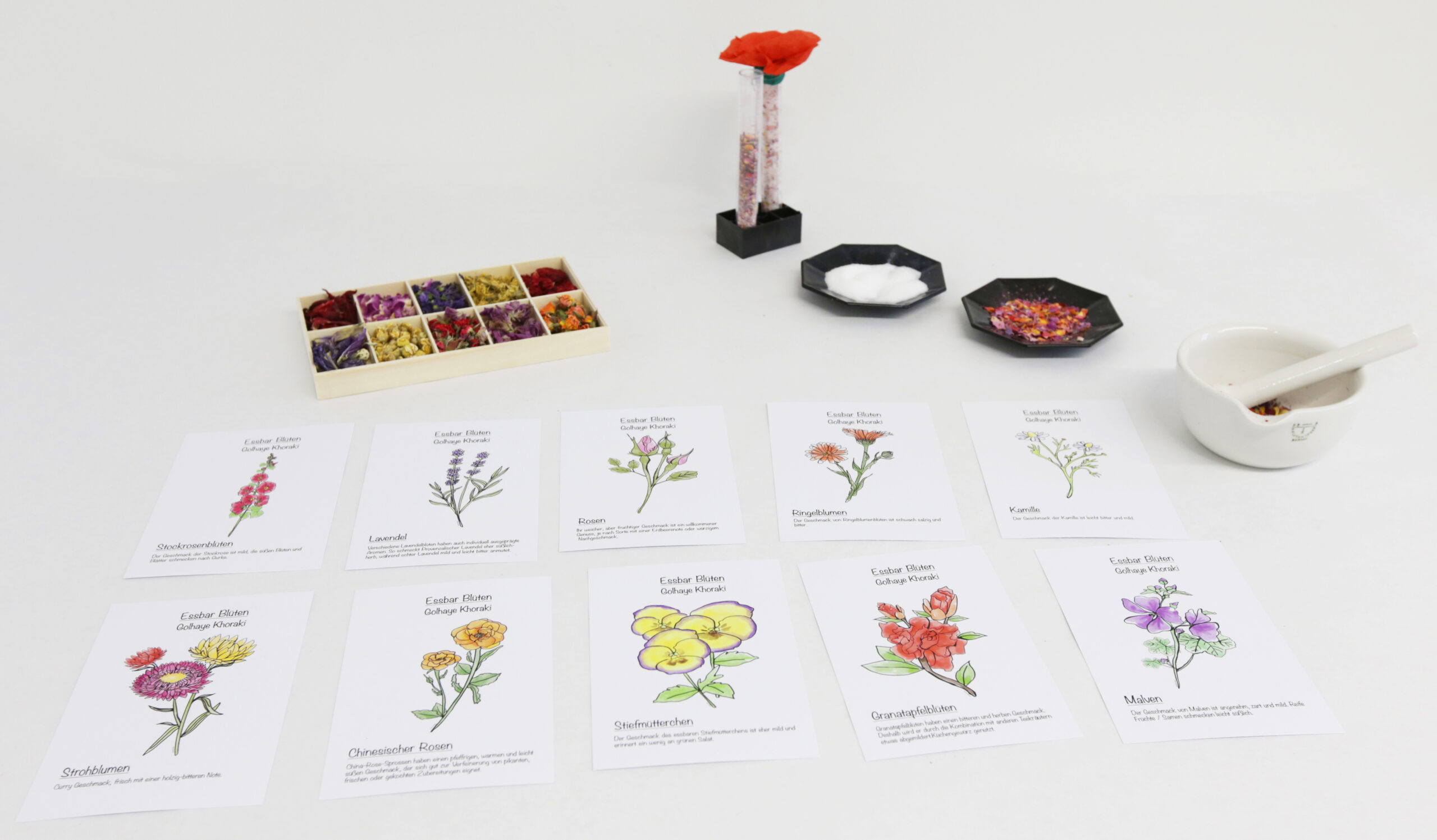
University of Applied Arts Vienna, Flux Terrace: A vibrant, collaborative hub integrating art, education, and nature with edible flowers
The methodology for the project involves a combination of participatory design, interdisciplinary collaboration, and ongoing assessment. The project unfolds in several key steps:
1. Needs Assessment: Conduct initial surveys and discussions to understand the preferences, interests, and expectations of the academic community regarding the Flux Terrace transformation.
2. Participatory Design: Facilitate sessions with students, faculty, and local experts to design the layout and select edible flower varieties.
3. Implementation: Execute the planned designs through a phased approach, involving planting sessions, installation of artistic elements, and the integration of functional components on the Flux Terrace.
4. Culinary Workshops: Organize culinary workshops where participants experiment with incorporating edible flowers into various cuisines. This includes cooking demonstrations, tastings, and collaborative recipe creation.
5. Interdisciplinary Collaboration: Foster ongoing collaboration between students from different disciplines, faculty, and local experts throughout the project, promoting a holistic and inclusive approach.
6. Assessment and Reflection: Continuously assess the impact of the project through feedback sessions, observations, and reflective discussions. Use this information to refine and adapt the project for optimal outcomes.
The collaborative experience within this project involves interdisciplinary collaboration, participatory design, hands-on activities, and community engagement. Participants from various disciplines work together to shape the project’s vision, contribute expertise, and engage in activities such as planting, installation, and culinary workshops. This inclusive approach fosters teamwork, communication, and community involvement, ultimately realizing the project’s goals of transforming the Flux Terrace into a vibrant space harmonizing art, education, and sustainability.
Learning Outcomes:
1. Knowledge of Edible Flowers: Participants will acquire knowledge about various types of edible flowers, their distinct flavors, and their diverse culinary applications.
2. Sensory Awareness: Participants will cultivate a heightened sensory awareness, discerning taste, aroma, and visual appeal by working with dried edible flowers and integrating them into salt.
3. Creativity and Innovation: Participants will be prompted to think creatively and experiment with different combinations of flowers and salt, fostering innovation in culinary practices.
4. Cultural and Environmental Awareness: Participants will develop an understanding of cultural and regional culinary traditions that incorporate edible flowers. They will also gain awareness of the environmental implications associated with sourcing and using edible flowers, potentially exploring sustainable culinary practices.
5. Appreciation for Nature’s Bounty: Participants will foster an appreciation for the beauty and versatility of edible flowers as natural ingredients. They will acknowledge the potential of harnessing nature’s bounty to elevate culinary experiences and promote sustainable food practices.
Expected Learning Outcome:
Active participation in the Flux Terrace project is anticipated to yield diverse and enriching learning outcomes. Participants will:
– Acquire practical knowledge in sustainable design principles, gaining insights into the integration of edible flowers for both aesthetic and functional purposes.
– Develop a nuanced understanding of participatory design methodologies, experiencing firsthand how collaborative efforts shape the physical and visual aspects of an environment.
– Expand their culinary repertoire through exploration with edible flowers, enhancing gastronomic skills and fostering creativity in incorporating these elements into diverse cuisines.
– Experience interdisciplinary collaboration, which will promote a holistic perspective, fostering an appreciation for the interconnectedness of art, nature, and education.
– Refine communication and teamwork skills through ongoing collaboration, while also cultivating a sense of responsibility towards community and environmental sustainability.
– Enhance documentation skills, effectively recording project progress, outcomes, and lessons learned.
Ultimately, the expected learning outcomes encompass a blend of theoretical knowledge and practical skills, promoting a holistic and sustainable approach to collaborative endeavors in art, education, and culinary exploration.
1. Soil and Compost
2. Edible Flower Seeds and Plants
3. Flower pots
4. Gardening Tools
Planting edible flowers ideally begins in spring, with late March being suitable for mature plants and May for younger ones, taking advantage of winter dormancy. This timing ensures flourishing by mid-June and flowering from late June to early July. The harvest typically spans late August to mid-September, with timing influenced by the type of flower and growth conditions. Pruning and February cutting are vital practices contributing to perennial viability.
In addition to skill enhancement, participants acquire a profound understanding of nature through nurturing small edible plants. Direct engagement heightens awareness of soil composition, root systems, plant cycles, and environmental factors, fostering insights into proper care and hazard awareness.
Culminating in a visually striking Flux Terrace, the project orchestrates a transformation of the landscape through the introduction of edible flowers. Symbolizing the changing seasons, the garden serves as an invitation for the community to appreciate and engage with nature. Edible flowers not only contribute to the aesthetics but also infuse the space with vibrancy, creating an inviting atmosphere. This endeavor aligns seamlessly with the project’s overarching goal of harmonizing art, education, and sustainability, thereby enriching the experience of all who encounter the transformed space.
